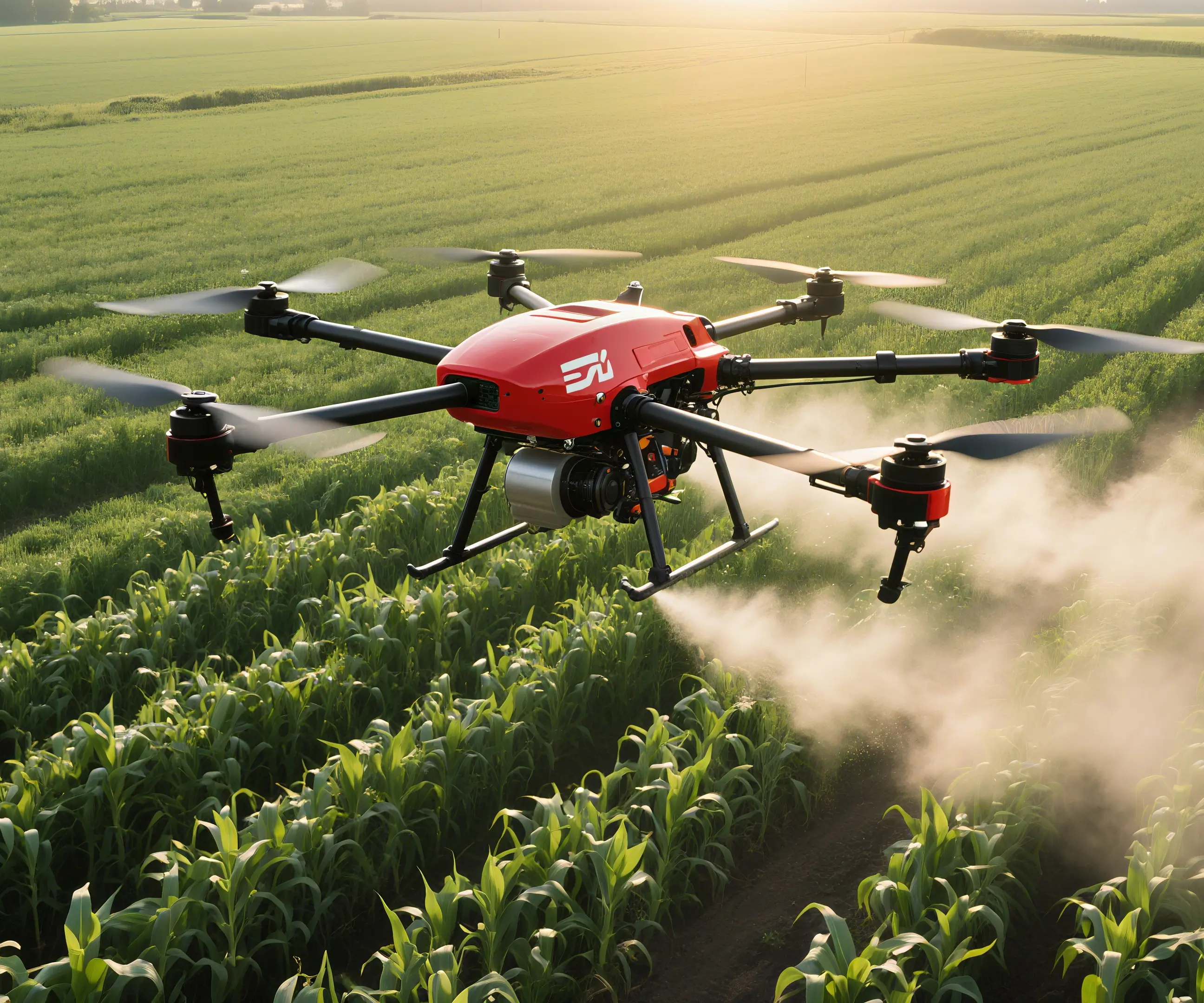Sure! Here’s the first part of a compelling, engaging soft article centered on using a servo motor with Arduino in Tinkercad. This will be in the requested format. Let’s begin:

Unlocking the Potential of Servo Motors with Arduino in Tinkercad
Imagine a tiny yet powerful component capable of transforming your simple project into a dynamic masterpiece. That’s the magic of servo motors—a vital piece in the robotics and automation puzzle. When paired with the mighty Arduino microcontroller, servo motors unlock endless possibilities for automation, robotics, and creative electronics projects.
What is a Servo Motor?
At its core, a servo motor is a compact rotary actuator designed to precisely control angular or linear position, velocity, and acceleration. Unlike regular motors that spin endlessly, servo motors are equipped with a built-in feedback system, making them excellent for tasks requiring accuracy and stability.
Typically, servos operate through a control signal—usually a Pulse Width Modulation (PWM) signal—that dictates the position of the motor's shaft. In other words, by sending specific signals, you can rotate the servo arm to any angle, hold it steady, or rotate it back.
Why Use Servo Motors with Arduino?
Arduino, a versatile open-source microcontroller, simplifies the process of controlling electronic components. Its user-friendly interface, combined with a vast community support system, makes it ideal for beginners and seasoned tinkerers alike.
Using Arduino with servo motors opens up a realm of possibilities:
Robotics: Build articulated robotic arms, mini-vehicles, or animatronics. Automation: Create smart home solutions like automated curtains or camera pan-tilts. Educational Projects: Learn fundamental principles of electronics, coding, and physics. Creative Art Installations: Add movement to sculptures or interactive displays.
Tinkercad Circuits: The Virtual Playground
Tinkercad, Autodesk’s online 3D design and simulation platform, offers a powerful feature called Tinkercad Circuits. This enables users to prototype electronic circuits and code microcontrollers without physical components. It’s an excellent environment for learning, experimenting, and iterating before actual hardware implementation.
Why start with Tinkercad? Because it requires no soldering, no physical components, and has an intuitive drag-and-drop interface. It’s perfect for understanding the principles behind servo control and testing ideas in a risk-free setting.
Setting Up Your First Servo Motor in Tinkercad
To begin your journey, you'll need to assemble a simple circuit with an Arduino Uno—a popular microcontroller board—and a servo motor.
Steps to set up:
Create a New Circuit: Log into Tinkercad, navigate to 'Circuits', and start a new project. Add Components: Drag and drop an Arduino Uno, a servo motor, a breadboard, a resistor (if needed), and connecting wires to the workspace. Connect the Servo: Connect the servo's power line (typically red) to the Arduino's 5V pin. Connect the ground line (black or brown) to GND. Connect the control line (usually yellow or white) to one of Arduino's PWM pins, such as digital pin 9. Power Up and Program: Once wired, you can write and upload code through Tinkercad's integrated code editor.
This straightforward setup introduces you to the fundamental concept of controlling a servo motor using code. The next step is learning to manipulate that code creatively.
Programming and Experimenting with Servo Motor Control
Once the hardware setup is ready in Tinkercad, it’s time to dive into programming. Arduino uses C/C++-based sketches to instruct hardware how to behave. For servo control, Arduino’s standard library simplifies the process.
Basic Servo Control with Arduino
Here's a simple example sketch that rotates a servo motor to specific positions:
#include Servo myServo; // create servo object to control a servo void setup() { myServo.attach(9); // attach the servo to pin 9 } void loop() { myServo.write(0); // turn to 0 degrees delay(1000); // wait for a second myServo.write(90); // turn to 90 degrees delay(1000); // wait for a second myServo.write(180); // turn to 180 degrees delay(1000); // wait for a second }
This code demonstrates a simple way to move the servo between extremes and the mid-point. You can modify the angles and delays to create more complex movement sequences.
Exploring Advanced Motion
For more dynamic movement, consider programming the servo to sweep across a range smoothly:
#include Servo myServo; void setup() { myServo.attach(9); } void loop() { for(int pos = 0; pos <= 180; pos += 1) { myServo.write(pos); delay(15); } for(int pos = 180; pos >= 0; pos -= 1) { myServo.write(pos); delay(15); } }
This "sweep" creates a continuous back-and-forth movement, resembling a motion scanner or robotic eye.
Incorporating Sensors for Interactivity
Most realistic projects involve sensors. For example, add a potentiometer (variable resistor) to manually control the servo’s position:
Connect the potentiometer's middle pin to an analog input (A0). Connect the other pins to 5V and GND. Read the variable resistor value and map it to a range of servo angles.
Sample code snippet:
#include Servo myServo; int potPin = A0; int val; void setup() { myServo.attach(9); Serial.begin(9600); } void loop() { val = analogRead(potPin); int angle = map(val, 0, 1023, 0, 180); myServo.write(angle); Serial.println(angle); delay(15); }
This makes the servo responsive to user input—perfect for interactive projects or an automatic camera pan.
Troubleshooting and Best Practices
Power considerations: Ensure your power supply can handle the servo’s current demands, especially if controlling multiple servos. Mechanical limits: Avoid commanding the servo to go beyond its physical limits to prevent damage. Code efficiency: Use delays sparingly or implement non-blocking code for more complex projects. Calibration: Servo horns may need adjustment or calibration for precise positioning.
Leveraging innovations in modular drive technology, Kpower integrates high-performance motors, precision reducers, and multi-protocol control systems to provide efficient and customized smart drive system solutions.




































